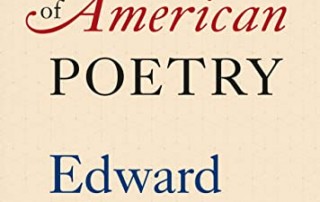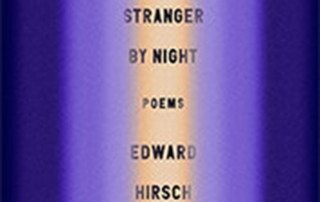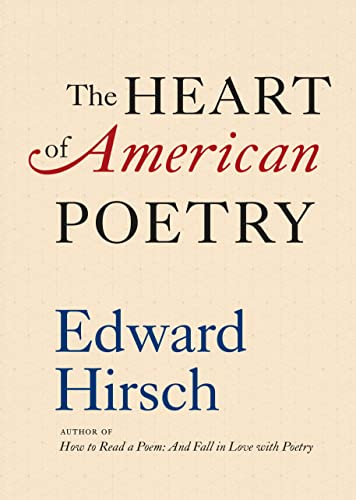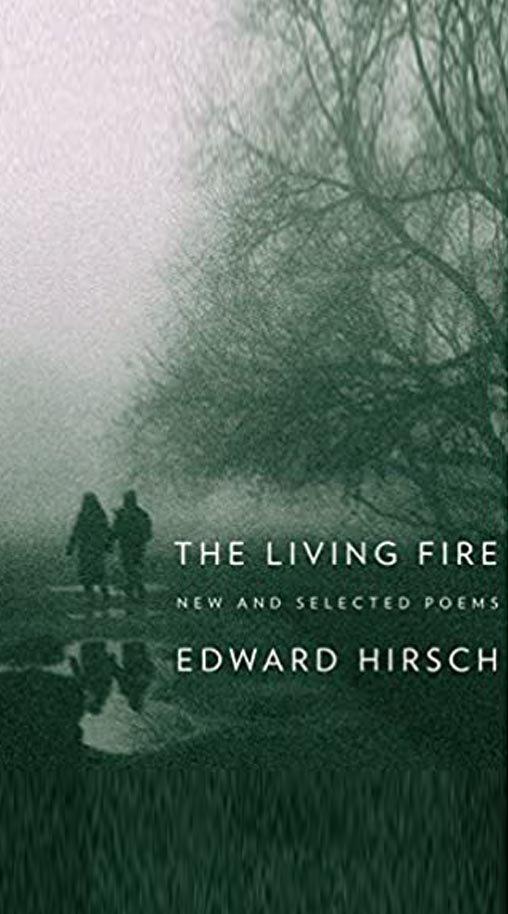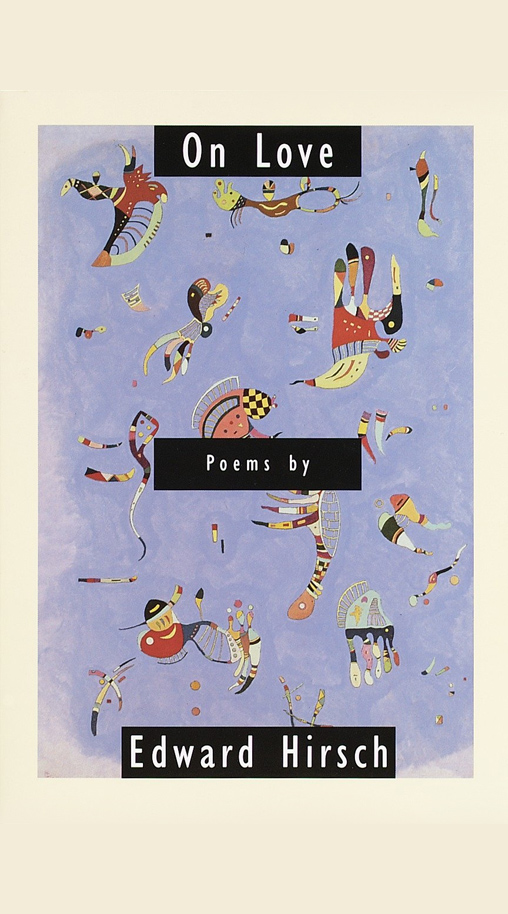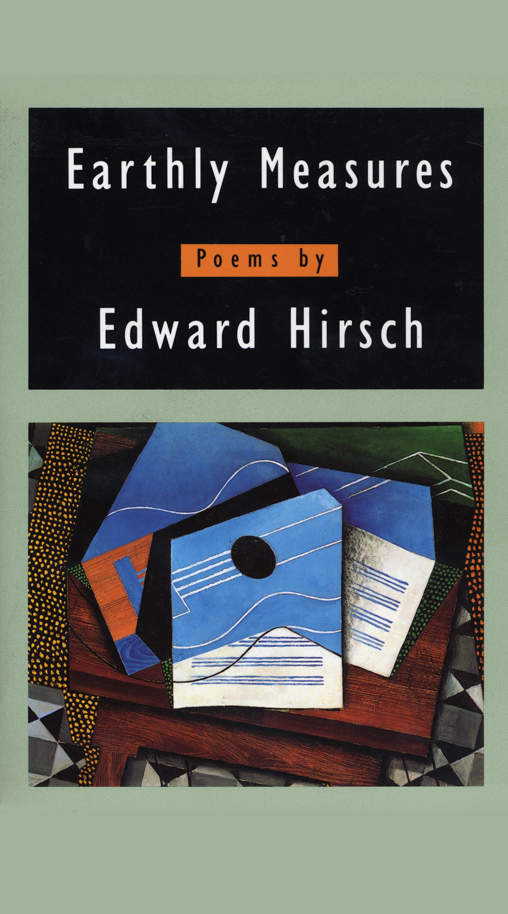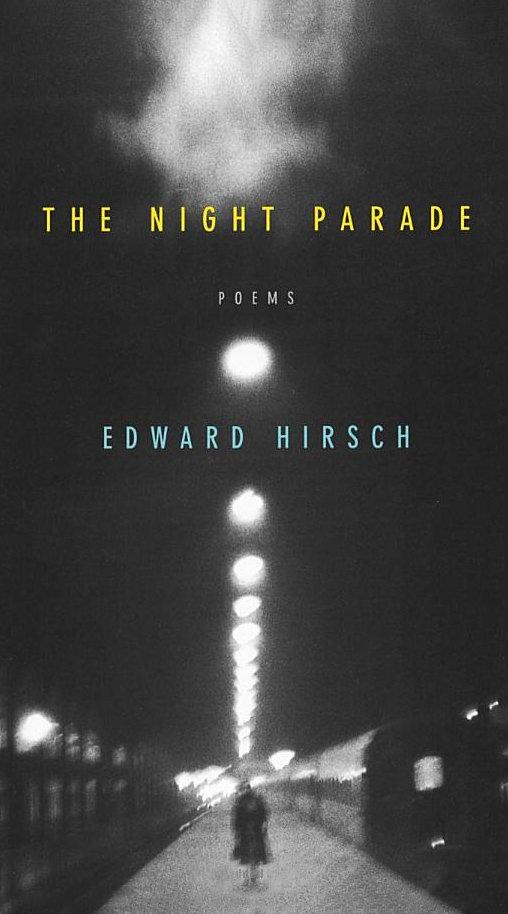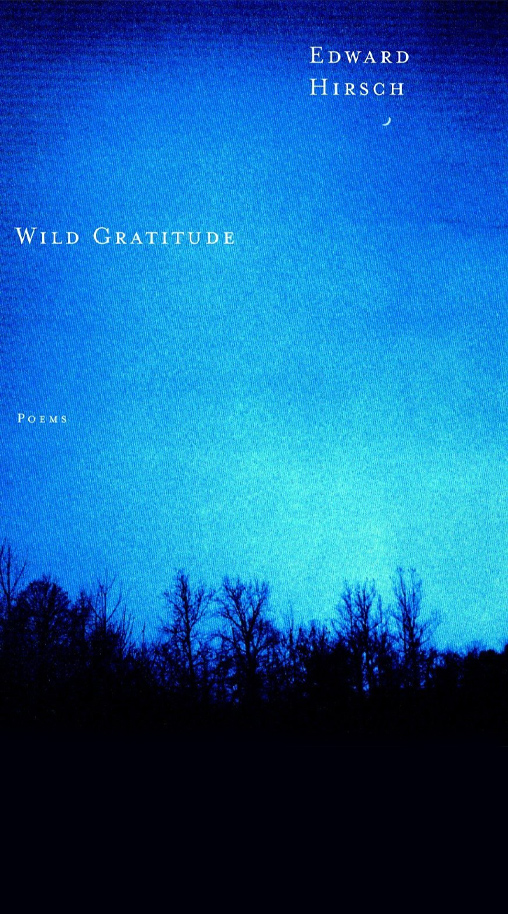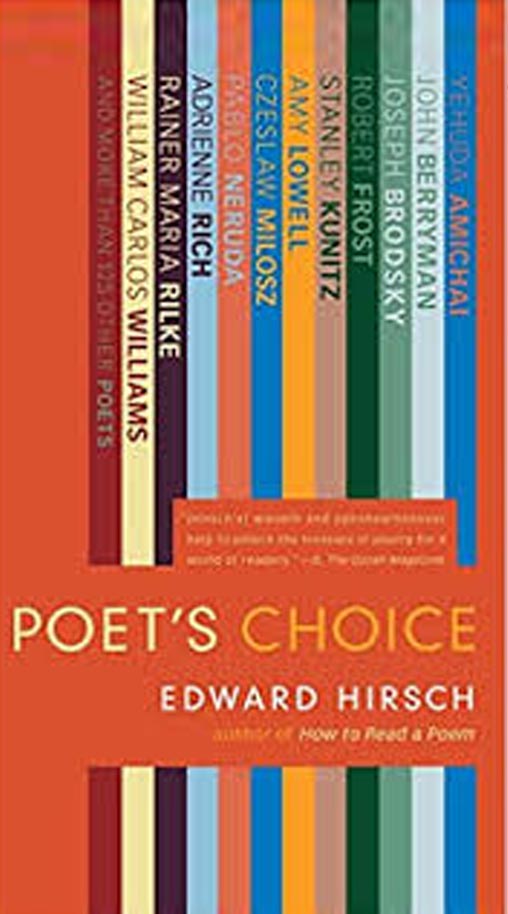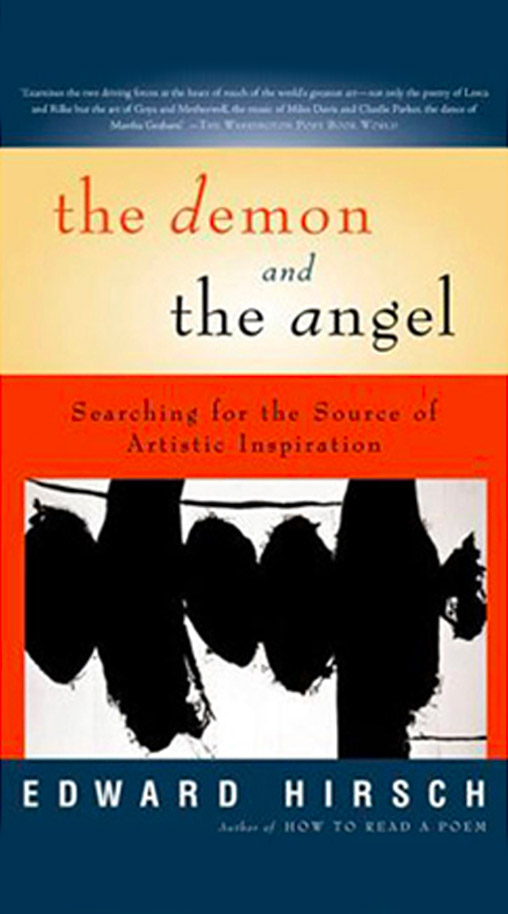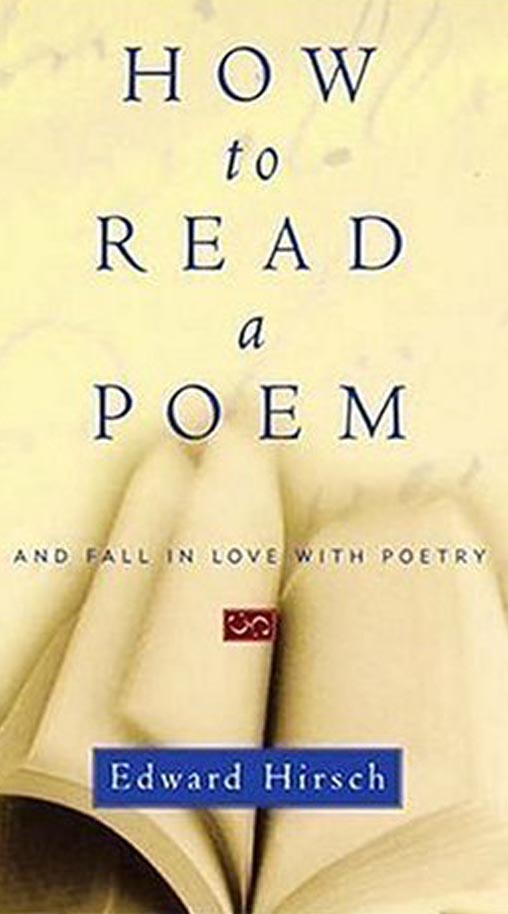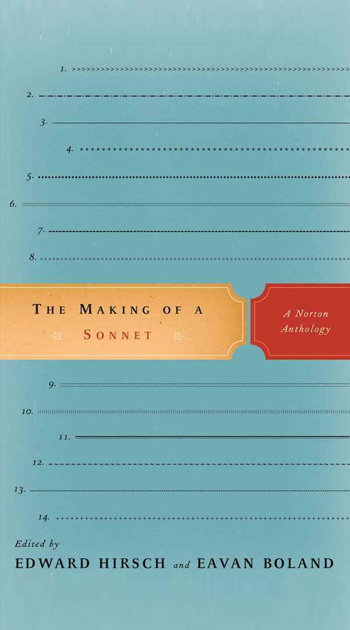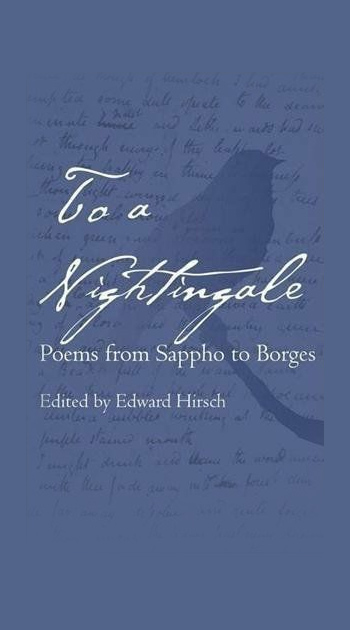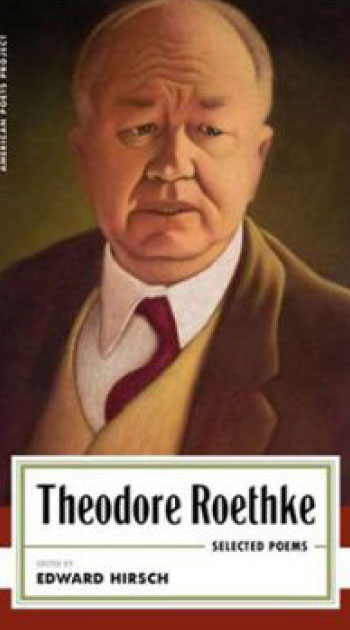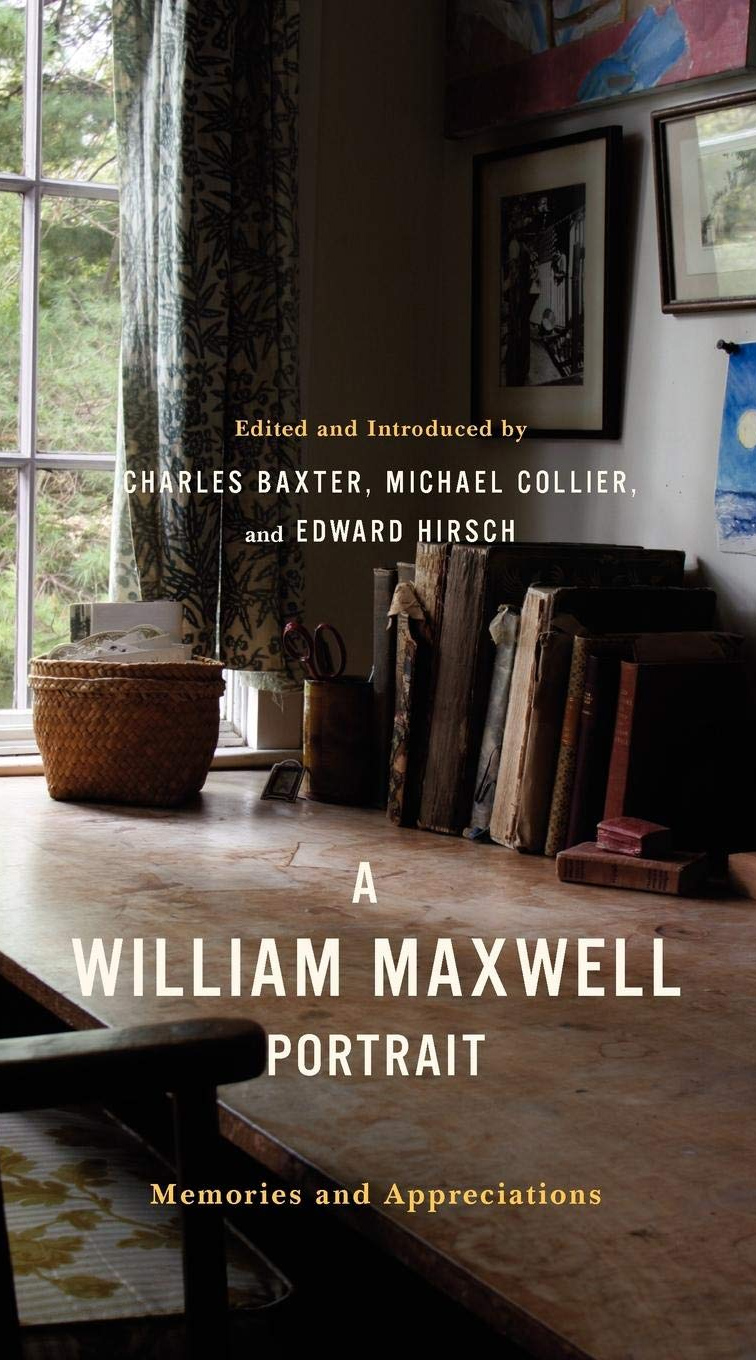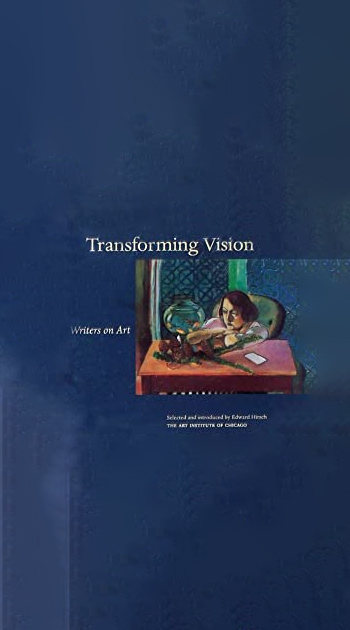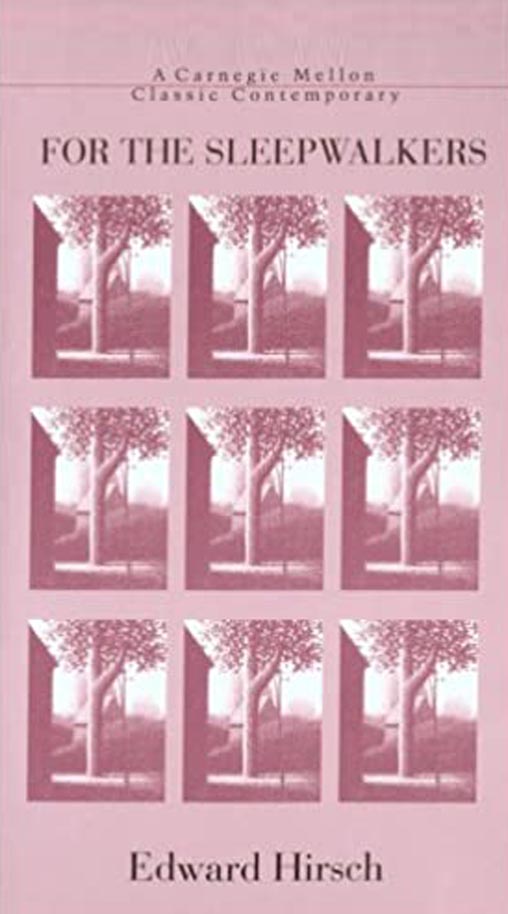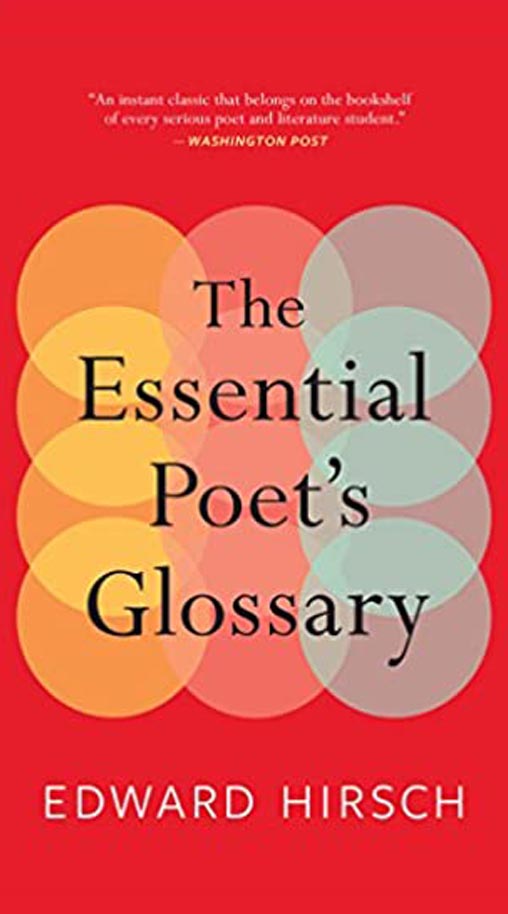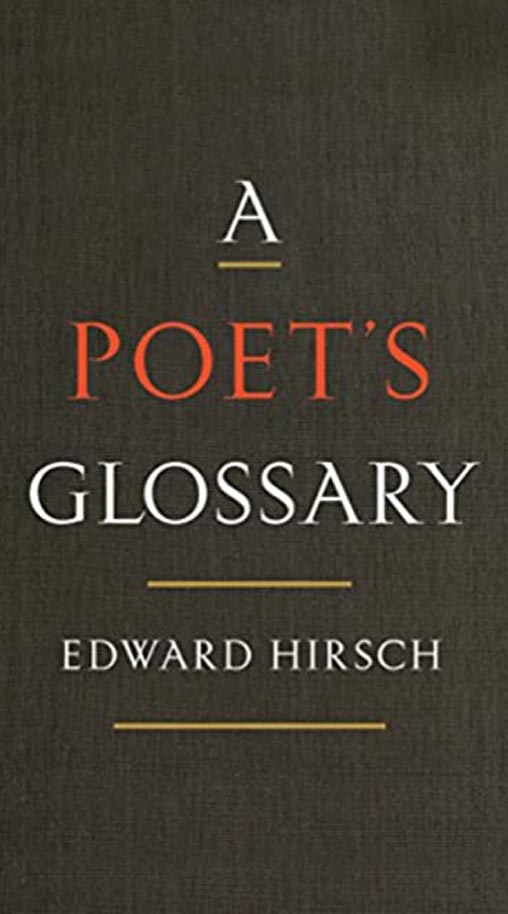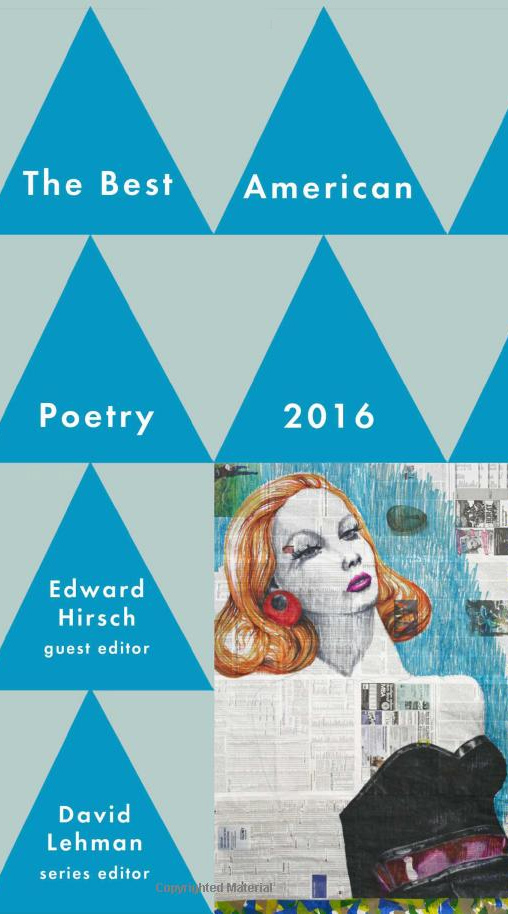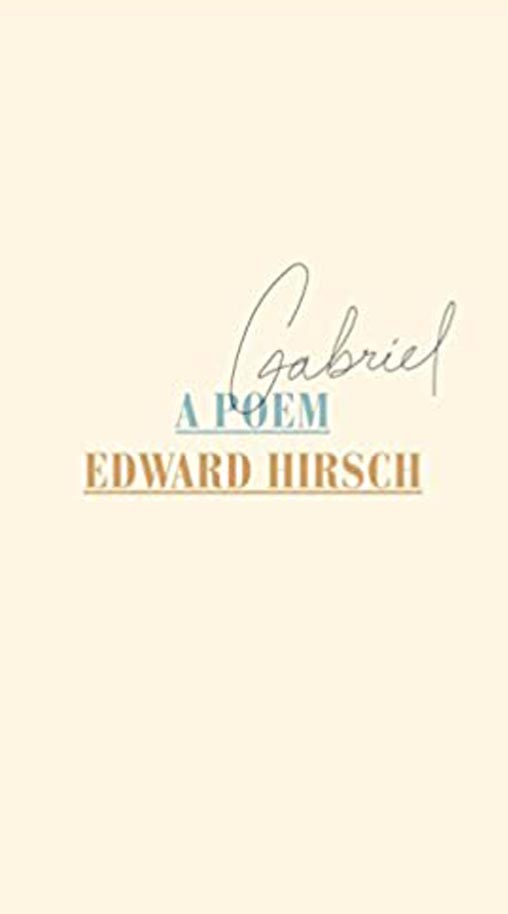
Uniting the voices of thirty master poets, this sweeping anthology explores the influence of literature’s most celebrated bird.
To a Nightingale traces the presence of this richly interpreted muse through the words of Ovid, Hafiz, Shakespeare, Milton, Shelley, Keats, T.S. Eliot, W.S. Merwin and many more. The collection reveals a time-honored, poetic discussion of beauty, grief, solitude, and artistic expression–a discussion that so inspired some of the world’s great poets.
Pages: 104 pages
Publisher:Braziller (2007)
Language: English
ISBN-13: 978-0807616277
TO A NIGHTINGALE: Introduction
It all comes down to a small, secretive, solitary songbird that goes on singing late into the night. It begins—and ends, too—with an unseen bird that continues to trill and whistle in the darkness long after the other birds have quieted for the evening. Its voice breaks the stillness. The nightingale is a common Old World bird with an uncommon sound: rich, loud, mellow, melodious. It has stamina and sings with an eerie natural beauty that reverberates like a chord through European and Asian poetry. Its song is strong and fitful—restless, compelling. It crescendoes.
The nightingale has always had tremendous metaphorical and symbolic power. It seems to fill a need—apparently irresistible—to attribute human feeling to the bird’s pure and persistent song. Poets, who are often nocturnal creatures, have especially identified with “spring’s messenger, the sweet-voiced nightingale,” as Sappho calls it. They have also noted its difference from us. The nightingale sings during the day as well as the night, but poets have especially praised its night music, it mournful tones and its joyous sound.
In his magisterial defense of poetry, Shelley establishes the connection between the poet and the nightingale. He writes:
A poet is a nightingale who sits in darkness, and sings to cheer its own solitude with sweet sounds; his auditors are as men entranced by the melody of an unseen musician, who feel that they are moved and softened, yet know not whence or why.
The singing of the nightingale becomes a metaphor for writing poetry here, and listening to that bird (that natural music) becomes a metaphor for reading it. One of the Romantic premises of Shelley’s metaphor is that the poet “sings” in “solitude” without any consideration for an audience and that the audience—”his auditors”—responds to the work of an “unseen musician.” They are physically removed from each other, and yet they are brought into mysterious relationship.
The nightingale has often been treated as a messenger to and from the beyond, the very embodiment of a transcendent vocation. It is the most magical of songbirds. In his definitive compendium, Shamanism, Mircea Eliade points out that “[a]ll over the world learning the language of animals, especially of birds, is equivalent to knowing the secrets of nature and hence to being able to prophesy.” He presents evidence that birdcalls can be heard during séances among the Yakut, the Yukagit, the Chukchee, the Goldi, the Inuit, and other peoples around the world. To mimic the natural call of a bird, or, more strongly, to become a bird oneself, “indicates the capacity,” Eliade notes, “to undertake the ecstatic journey to the sky and beyond.” It may be that a remnant of magical practice still clings to the poet who mimics the song of the nightingale.
The nightingale has its own rich history of representations in poetry. The history begins with one of the oldest legends in the world, the poignant tale of Philomela, that poor ravished girl who had her tongue cut out and was changed into the nightingale, which laments in darkness but nonetheless expresses its story in song. The tale reverberates through all of Greco-Roman literature. Ovid gave it a poignant rendering in Metamorphoses, and it echoes down the centuries from Shakespeare (Titus Andronicus) and Sidney (O Philomela Fair) to Matthew Arnold (“Philomela”), T. S. Eliot (“The Waste Land”), and John Crowe Ransom (“Philomela”). To listen to the nightingale and rework the story of Philomela is also a way of participating in the classical tradition. Hence Matthew Arnold’s evocative address to the nightingale: “O wanderer from a Grecian shore.” Whoever reads these works intensively comes away with a particular feeling—mournful, tragic—for the suffering of the hidden bird. The nightingale becomes, to use Borges’s phrase, “encrusted with mythology.”
The tale of Philomela mythologizes the mournful tones of the nightingale’s song. To many human listeners, the nightingale seems to be crying out, whistling and gurgling, modulating its tones, expressing itself, and thereby transforming its woes into sweet sounds. Even without the mythological scrim, poets have often responded to the piercing woe-begotten quality of the nightingale’s song. Petrarch gives voice to the theme:
That nightingale, who now melodious mourns
Perhaps his children or his consort dear,
The heavens with sweetness fills; the distant bourns
Resound his notes, so piteous and so clear;
With me all night he weeps. . .
This is the tradition inherited by Charlotte Smith (“Poor melancholy bird, that all night long/Tell’st to the moon thy tale of tender woe”), Mary Robinson (“Sweet Bird of Sorrow!”), and other Romantic poets. Christina Rossetti seems to recognize the imposition of human meaning on the nature of birdsong when she writes: “I shall not hear the nightingale/Sing on, as if in pain.” The recognition comes in the delicate phrase “as if.” With characteristic alacrity, Heine inverts the tradition by calling out:
If the nightingales knew how ill
And worn with woe I be,
They would cheerily carol and trill,
And all bring joy to me.
Coleridge was the first Romantic poet to attack the idea that the nightingale’s song was necessarily lonesome and sad. “A melancholy Bird?” he asks in his revisionist poem “The Nightingale”: “O idle thought/In nature there is nothing melancholy.” There is something deeply refreshing in Coleridge’s recognition that poets have gone on echoing the conceit of the nightingale’s song without stretching their legs, going outside, and listening to the actual bird. “My Friend, and my Friend’s Sister! we have learnt/A different lore,” he declares:
Nature’s sweet voices always full of love
And joyance! Tis the merry Nightingale
That crowds, and hurries, and precipitates
With fast thick warble his delicious notes,
As if he were fearful, that an April night
Would be too short for him to utter forth
His love-chant, and disburthen his full soul
Of all its music!
Coleridge also hears nightingales singing back and forth to each other (“They answer and provoke each other’s songs/With skirmish and capricious passagings”) and thus breaks down the convention that nightingales always sing in solitude.
Coleridge’s poem is a kind of jubilant corrective to the tradition of representing nightingales sorrowfully in poetry. As a counter to the story of Philomela, poets have periodically reminded us that the nightingale is a real bird operating in the natural world. For example, the rural poet John Clare observed how nightingales actually look, sound, and behave. “I have watched them often at their song,” he said. He objected to the old threadbare epithets such as “love lorn nightingale” and with a naturalist’s eye remembered how assiduously he had observed one as a boy: “She is a plain bird something like the hedge sparrow in shape and the female Firetail or Redstart in color but more slender then the former and of a redder brown or scorched color then the latter.” Clare loved to listen to the sounds of a nightingale and tried to transcribe its song. Here is how he describes hearing it in “The Progress of Rhyme”:
“Chew-chew chew-chew” and higher still,
“Cheer-cheer cheer-cheer” more loud and shrill,
“Cheer-up cheer-up cheer-up”—and dropped
Low—”Tweet tweet jug jug jug”—and stopped
One moment just to drink the sound
Her music made, and then a round
Of stranger witching notes was heard
As if it was a stranger bird:
“Wew-wew wew-wew chur-chur chur-chur
Woo-it woo-it”—could this be her?
“Tee-rew tee-rew tee-rew tee-rew
Chew-rit chew-rit”—and ever new—
“Will-will will-will grig-grig grig-grig.”
Clare’s attempt to “syllable the sounds” may sound like nonsense, but it strangely captures something of the nightingale’s characteristic sound and rhythm. In Why Birds Sing David Rothenberg calls one of Clare’s verbatim descriptions “the most accurate rendering in words of any bird’s voice for nearly a century.”
It is in this spirit of accuracy that the Spanish poet Miguel Hernández responded to Pablo Neruda on a street in Madrid in 1934. Neruda, who was then Chile’s consul to Spain, told Hernández that he had never actually heard a nightingale. It is too cold for nightingales to survive in Chile. Hernández grew up in a goatherding family in the province of Alicante, and he immediately scampered up a high tree and created the sound of a nightingale’s liquid song. Then he climbed up another tree and created the sound of a second nightingale answering. He could have been joyously illustrating Boris Pasternak’s notion of poetry as “two nightingales dueling.”
The nightingale has an irreplaceable branch in poetry. “Thou wast not born for death, Immortal Bird!” Keats cries out at the very pinnacle of the tradition. “Perhaps I never heard you,” Borges explains in his own belated ode “To the Nightingale,” “but my life is bound up with your life, inseparably.” So it is inevitably for each of us who love poetry. The poem about the nightingale may continually try to escape its own literary history—indeed, it needs to do so in order to stay vital—and yet it also takes its place in that splendid tradition. The tradition continually revitalizes itself by contact with an actual bird, by listening to the nightingale’s song. This is the very point of W. S. Merwin’s beautifully conclusive lyric “Night Singing.” In the end, it all comes down to one poet listening and one small, unseen bird singing its heart out in the darkness. Its voice shatters the silence. The nightingale’s song, its night singing, touches something deeply mortal—and immortal—in each of us.


